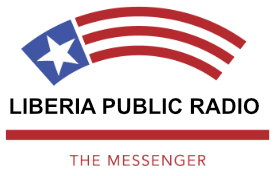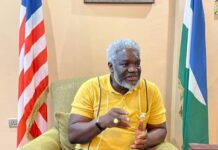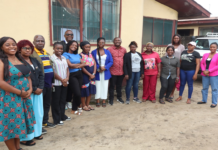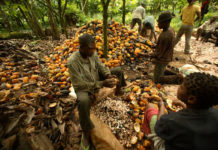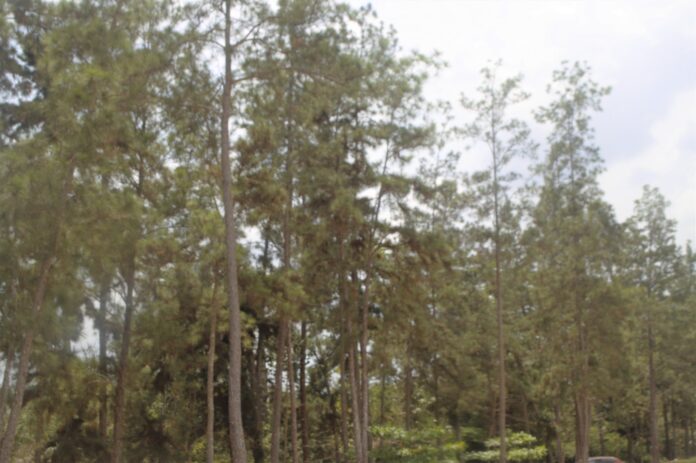
The Environmental Protection Agency (EPA) of Liberia and the Yale Center for Biodiversity and Global Change, Yale University have entered a three-year renewable pact for the development of a national species observation and planning system for biodiversity conservation in Liberia.
The Memorandum of Understanding (MOU) was signed on 12, February 2023, by Prof. Wilson K. Tarpeh, Executive Director of the EPA, and Dr. Alexander Killion, managing Director of Yale Center for Biodiversity and Global Change for their respective institutions.
A release from the Liberia Environmental Protection Agency, Yale agreed to collaborate to develop a national species observation system and online geospatial dashboard for species-specific conservation planning at local, landscape, and national scales.
They agreed to meet in person regularly, with the first meeting to take place at EPA headquarters at the earliest convenience.
In the MOU, Yale will develop a geospatial observation system to integrate species field observations with ‘Map of Life’ distribution models to improve conservation planning.
“In doing so, the parties will co-develop a national sampling protocol with existing EPA staff and partners in the field,” the MOU stated.
It was also agreed that Yale Center for Biodiversity and Global Change develop a species-specific interactive map using these data to inform species conservation at the local landscape, and national scales.
This, according to the MOU will include reporting of species Habitat Index, Species Protection Index, and species Information Index.
“This observation system will also prioritize where to implement future conservation efforts, including the establishment of new protected areas. Primary field data will not be shared with outside actors unless formally approved by the EPA,” The MOU indicated.
Parties to the MOU also agreed that management meetings for planning and evaluation be done at least twice per year while parties will have larger team meetings quarterly to report on and improve project implementation.
These meetings will include training for EPA staff to manage and use the observation system and the development of research projects, while Yale will support the publication of research, communication, and national reporting materials that will be jointly developed.
According to the agreement, Yale will financially support the development and maintenance of the geospatial observation system, training and software materials, and research publications while the EPA will provide staff support to collect species field observation data.
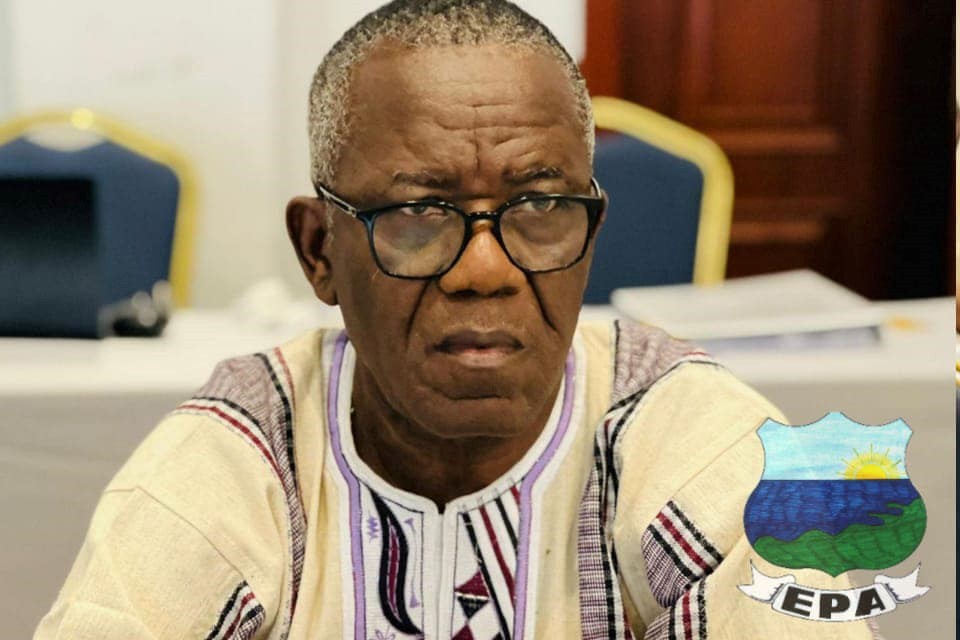
“The parties will jointly solicit additional funds with existing and new partners to increase the project scope, longevity, and the establishment of new conservation areas informed by the observation system,” the MOU said.
Each party may exchange information that promotes the best practices concerning policies and procedures, particularly those related to the quality assurance of joint activities, and designate a liaison officer to develop and coordinate the specific activities agreed upon.
“Through these officers either party may initiate proposals for additional cooperative activities and work to identify the resources needed to carry out the activities described in the MOU,” the document said.
